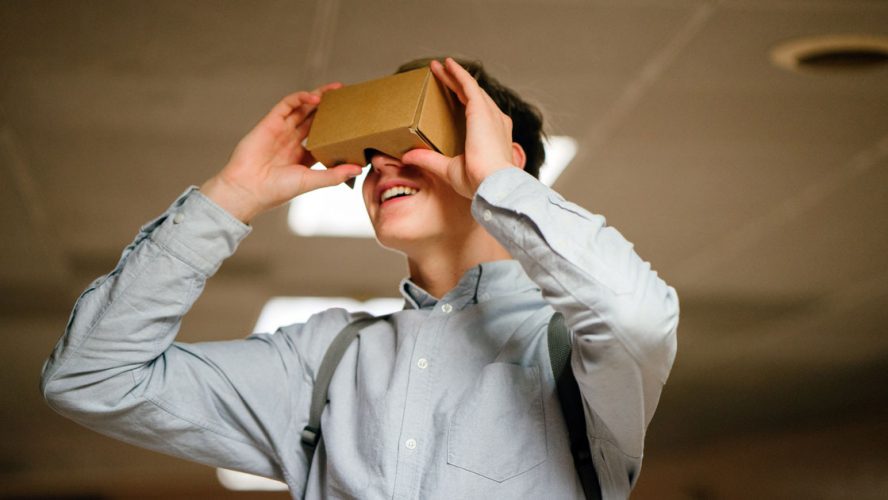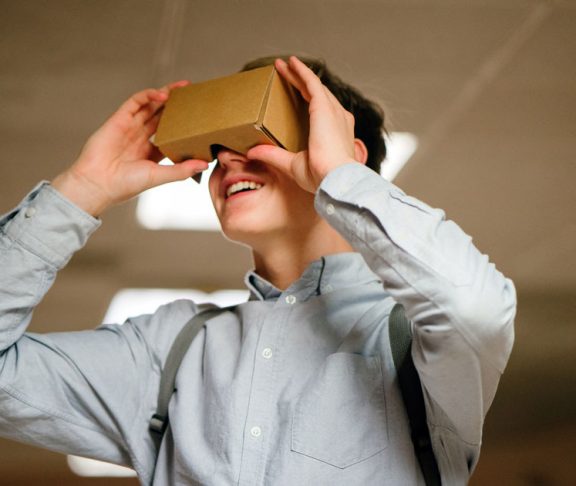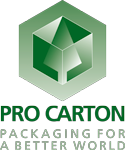Sponsored by:

Tony Hitchin
General Manager of Pro Carton, the European Association of Carton and Cartonboard Manufacturers

Jon Clark
General Manager of BPIF Cartons
Paper-based packaging is the most widely recycled across Europe, with 85% already recycled. However, after the Courtauld Commitment in 2005 put the emphasis on reducing weight in packaging rather than waste, paper-based solutions haven’t had the recognition that they perhaps deserve, until now.
Jon Clark, General Manager of BPIF Cartons, the UK trade body that represents 90% of the UK’s folding carton industry, explains that, “Unfortunately, one of the unintended consequences of reducing the weight of packaging was to make it less recyclable. We now need to roll back some of these decisions that moved towards flexible packaging back to paper-based solutions.”
What is cartonboard?
A survey of 7,000 European consumers found that 52% thought cardboard and cartonboard were the most environmentally friendly packaging solutions.
Cartonboard is the name given to printed, folding cartons, making up a specific part of the paper-fibre supply chain. It is commonly used to package products such as breakfast cereals, teabags, multi-packs of soft drinks, perfumes, chocolates and Easter eggs.
About 50% of cartons are made from recycled material and 50% from virgin fibre; while paper fibres can, according to a study by the University of Darmstadt, be recycled up to 25 times.
Tony Hitchin, General Manager of Pro Carton, the European Association of Carton and Cartonboard Manufacturers, said ‘sustainability’ can often be a misused term.
“People think sustainability and recyclability are the same. While we want everyone to recycle everything they possibly can, it’s important that we do not deplete the earth’s valuable resources either.
“That is the beauty of using paper-based material; it is both renewable and sustainably managed. If products were to be left in nature, while undesirable, cartons would biodegrade, whereas synthetic products will not. It’s all about being renewable, recyclable and biodegradable.”
Cartonboard is sourced from sustainably-managed forests, usually with a minimum of three saplings planted for every tree that is harvested. Stringent regulations mean European forests are actually growing in size, increasing by the equivalent of 1,500 football pitches per day over the last 15 years.
Companies adopting sustainable packaging
With 77% of consumers saying they are prepared to pay more for environmentally sustainable packaging, cartonboard could be the answer. The material can help communicate recycling tips and product information to the consumer, as it can be easily printed on, and for brand owners it can be a helpful marketing tool.
But, while some brands are getting on board – many ice cream tubs are now made of cartonboard and several multipack drinks products are moving from plastic rings or shrinkwrap to carton-based solutions – there are still many products which could be packaged in cartonboard, but are not.
Hitchin explains, “there are a number of reasons brand owners might be reluctant or slow to adopt cartonboard packaging. If you have an existing production line and are looking to use a different packaging line to accommodate cartonboard, there is investment and a timescale involved. But there are plenty of reports now about major companies spending millions on installing new equipment so they can convert to cartonboard.”
Clark also remains optimistic. “The message is getting through, with a huge amount of publicity about the UK Government’s plastic packaging tax, and the cost of disposing of plastic-based products through the Package Recovery Note (PRN) system increasing dramatically.
The benefits of switching to cartonboard are twofold
Says Clark: “Firstly, as time goes on, there are increasing fees associated with materials which are hard to recycle. Cartonboard doesn’t fit into that category because the infrastructure is already in place to recycle it. And secondly, if you are concerned about the world you live in, it’s just the right thing to do.”



